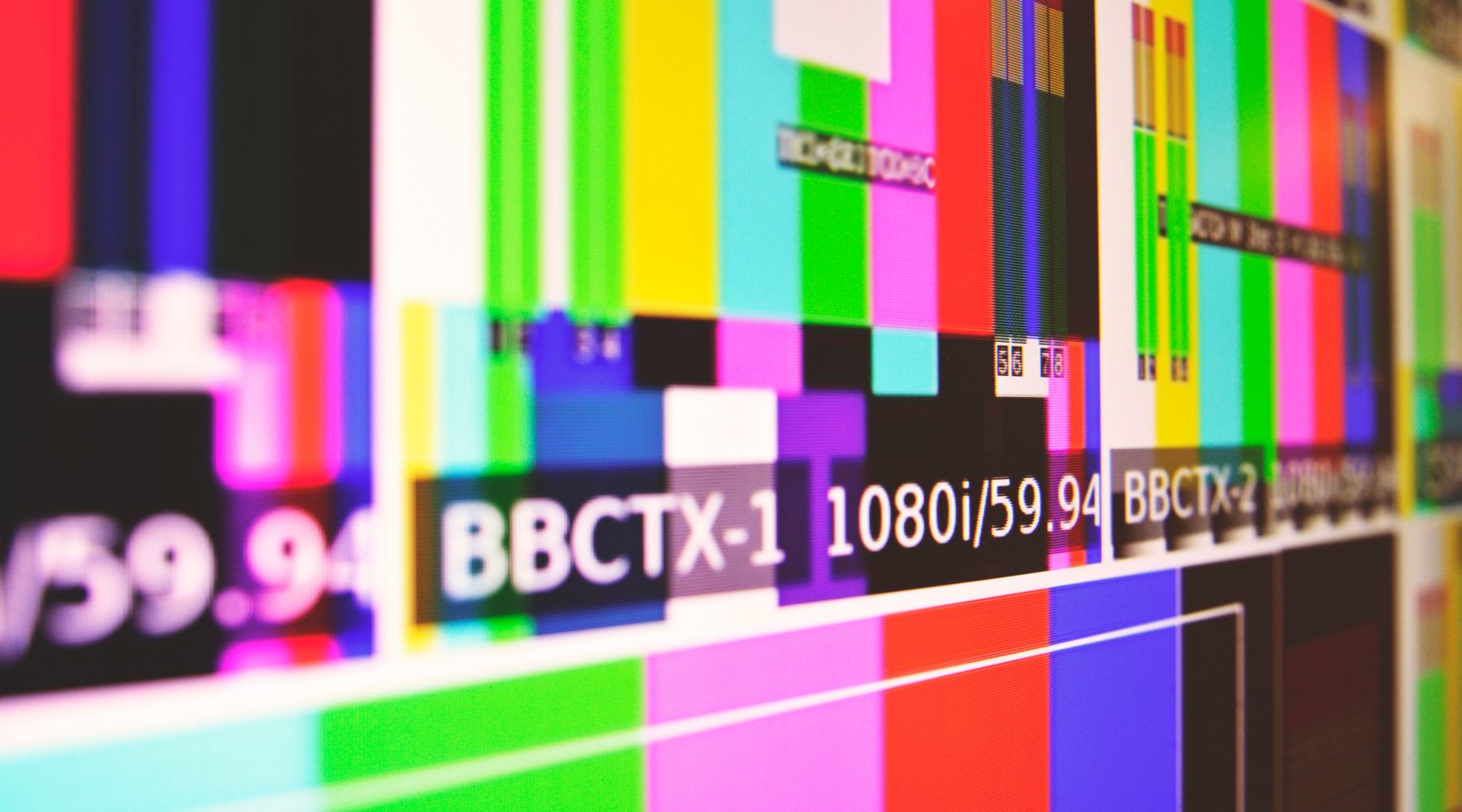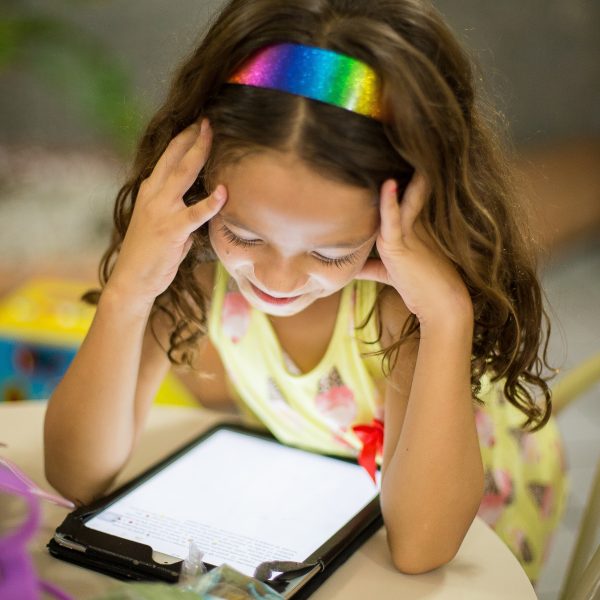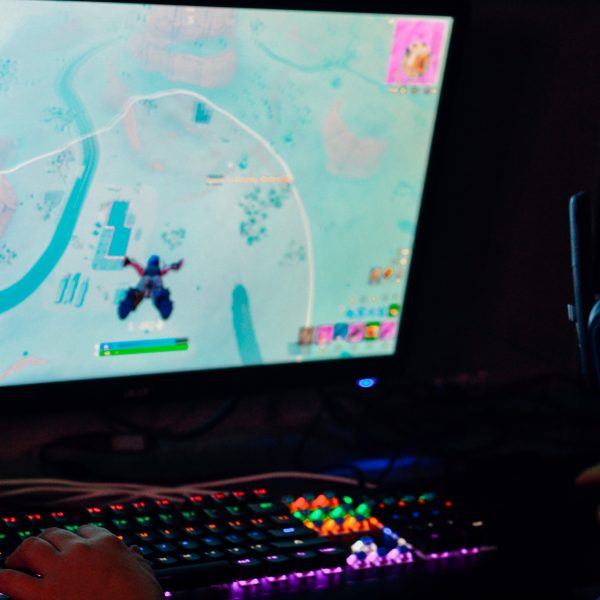Preschoolers who watch TV are sleeping significantly less than their peers, study finds

New research by the University of Massachusetts Amherst has found that preschoolers who watch television sleep significantly less than those who don’t.
Lead researcher, neuroscientist Rebecca Spencer is widely known for her research into the role of naps in children’s memory and learning. Ms Spencer was surprised to learn, through the research, that 36 per cent of three- to five-year-olds had televisions in their bedroom, and a third of those children fell asleep with the television on, often watching stimulating or violent adult programming.
The study, recently published in Sleep Health, the journal of the National Sleep Foundation, suggests that television use by young children affects both the quality and duration of sleep. For the first time, the data and information was gathered by an actigraphic device worn by children, like a watch, on their wrist.
Children who watched the most television were found to nap more during the day, but not enough to fully compensate for the lost sleep overnight. Ms Spencer said that many parents assume television is a way to encourage children to wind down and prepare for sleep, but this is a falsehood, as demonstrated by the research.
“The children who watched the most television weren’t getting good quality sleep, and it was not helping them to fall asleep better. It’s good to have the data to confirm this,” she said.
The findings support the new guidelines issued by the World Health Organisation (WHO), which say that children between the ages of two and four should have no more than one hour of sedentary screen time on any given day, and less – or no – screen time is even better.
Similarly, the American Academy of Pediatrics suggests that daily screen time for two to five-year-olds should be limited to one hour of high-quality programs, and that parents should watch TV with their children.
The WHO emphasised the importance of young children having better quality sleep to support their long-term health outcomes. 54 per cent of the children in the study were found to not be meeting the WHO television viewing guidelines on weekdays, jumping to 87 per cent on weekends, Ms Spencer said.
Previous research in this sphere has relied on parental reporting of sleep and television viewing, which Ms Spencer said was a disadvantage, as parents “tend to overestimate sleep duration”.
“One of the biggest advantages we have in our approach is the use of the actigraphs,” Ms Spencer said, which have been found to provide reliable measures of sleep.
During the 16-day study “a very diverse” group of preschoolers from Western Massachusetts wore actigraphs, with supporting evidence provided from parents and caregivers who answered questionnaires about demographics and children’s health and behaviour, including detailed questions on television use.
Key findings:
- Preschoolers who watch less than one hour of television per day get 22 more minutes of sleep at night – or nearly 2.5 hours per week – than those who watch more than an hour of TV daily.
- On average, young children without televisions in their bedrooms slept 30 minutes more at night than those with a television in their bedroom.
- Although children with televisions in their bedroom slept on average 12 minutes longer during naps, they still slept 17 minutes less during a 24-hour period than children without televisions in their bedroom.
Future research plans for Ms Spencer include child sleep studies to examine the impact of hand-held digital devices, such as iPads and smartphones.
The study, Television use and its effects on sleep in early childhood, may be accessed here.
Popular

Workforce
Quality
Research
When did it start to go wrong?
2025-12-18 08:00:46
by Fiona Alston

Economics
Policy
Quality
Provider
Research
Is your service ready? Key updates to Queensland kindergarten funding in 2026
2025-12-17 07:00:15
by Fiona Alston

Quality
Workforce
Practice
Research
Let’s not lose the word 'Children'
2025-12-18 07:45:13
by Fiona Alston















